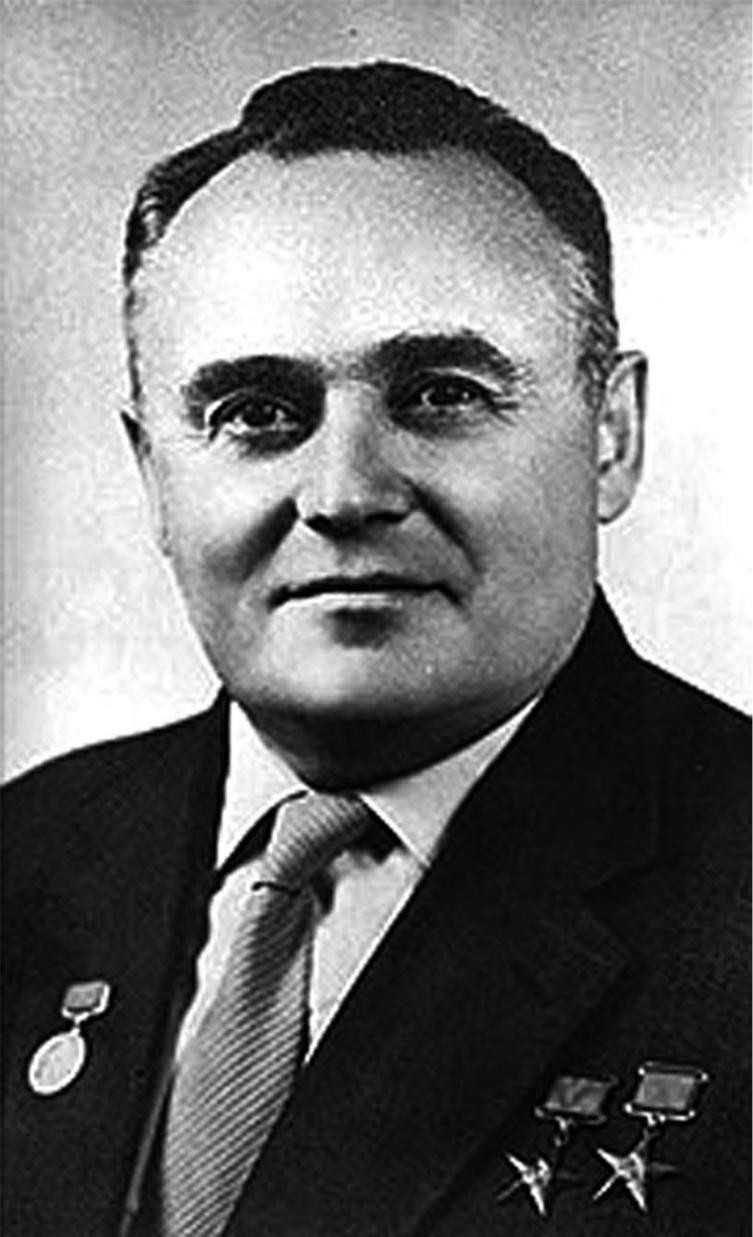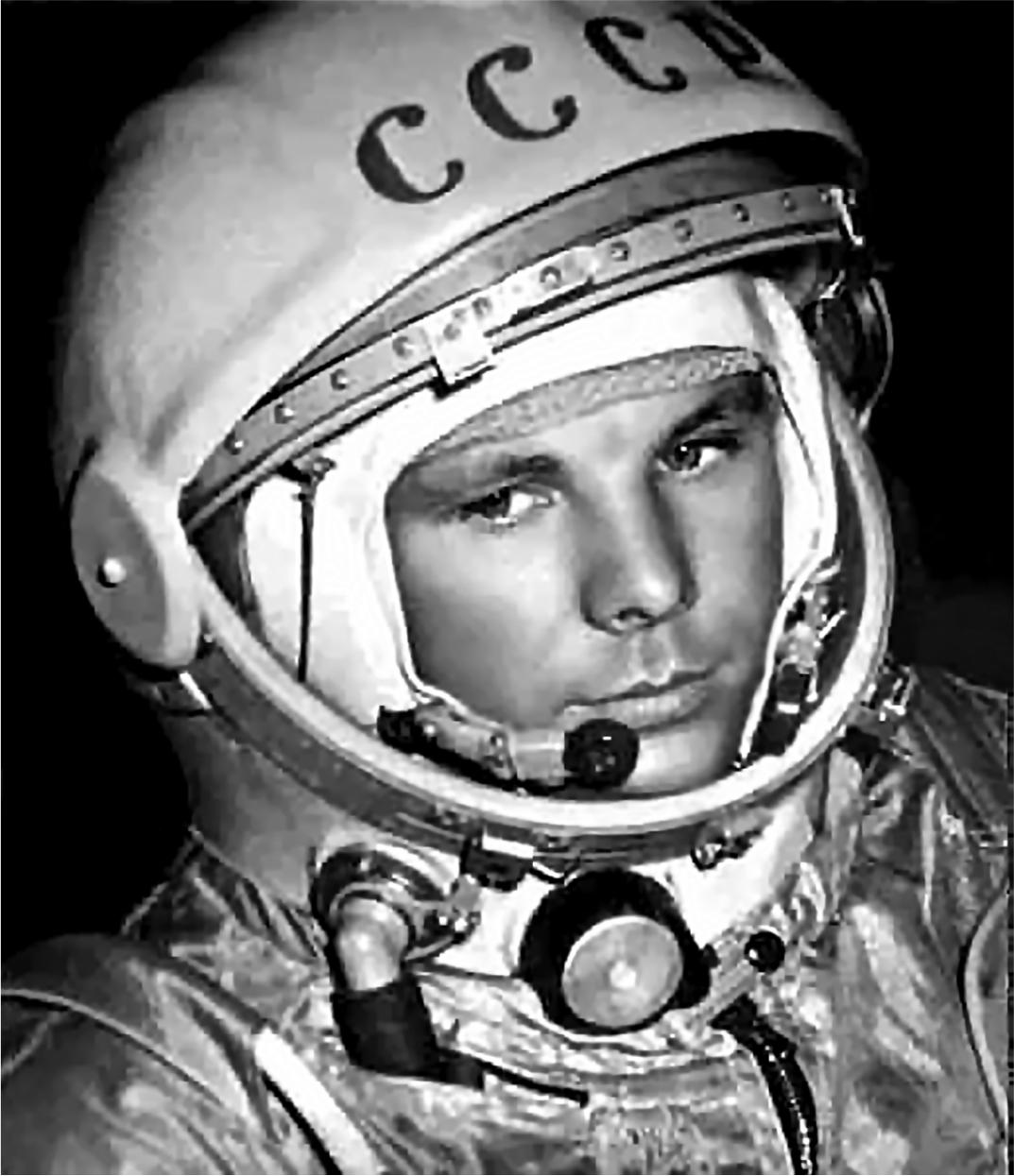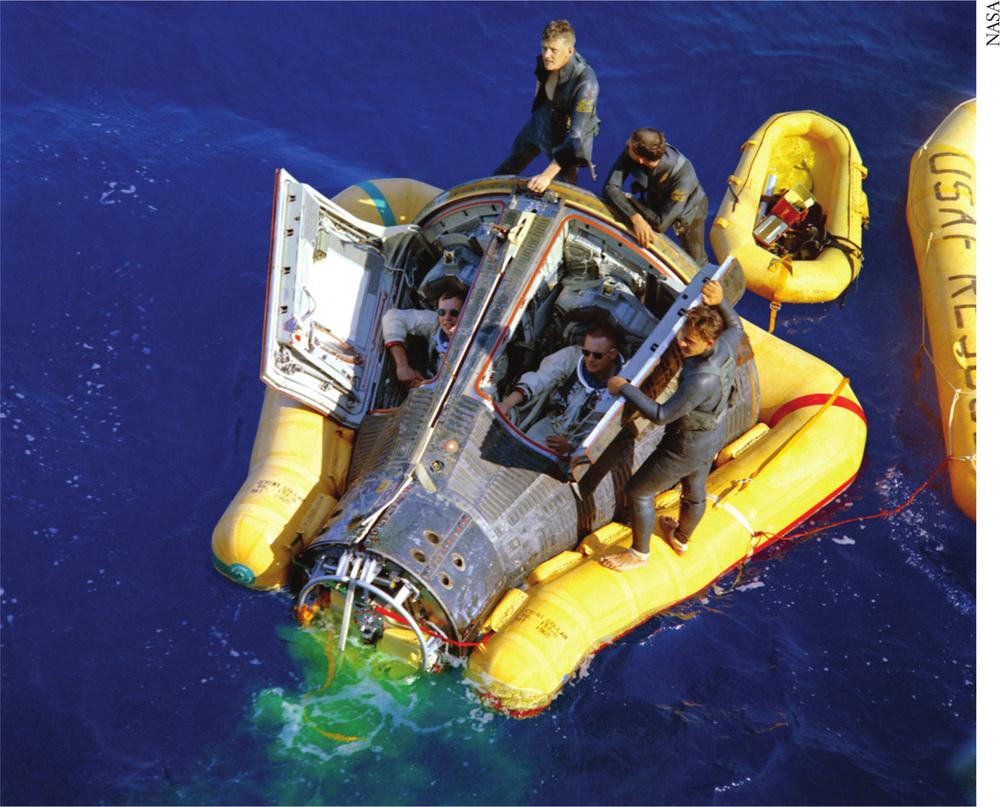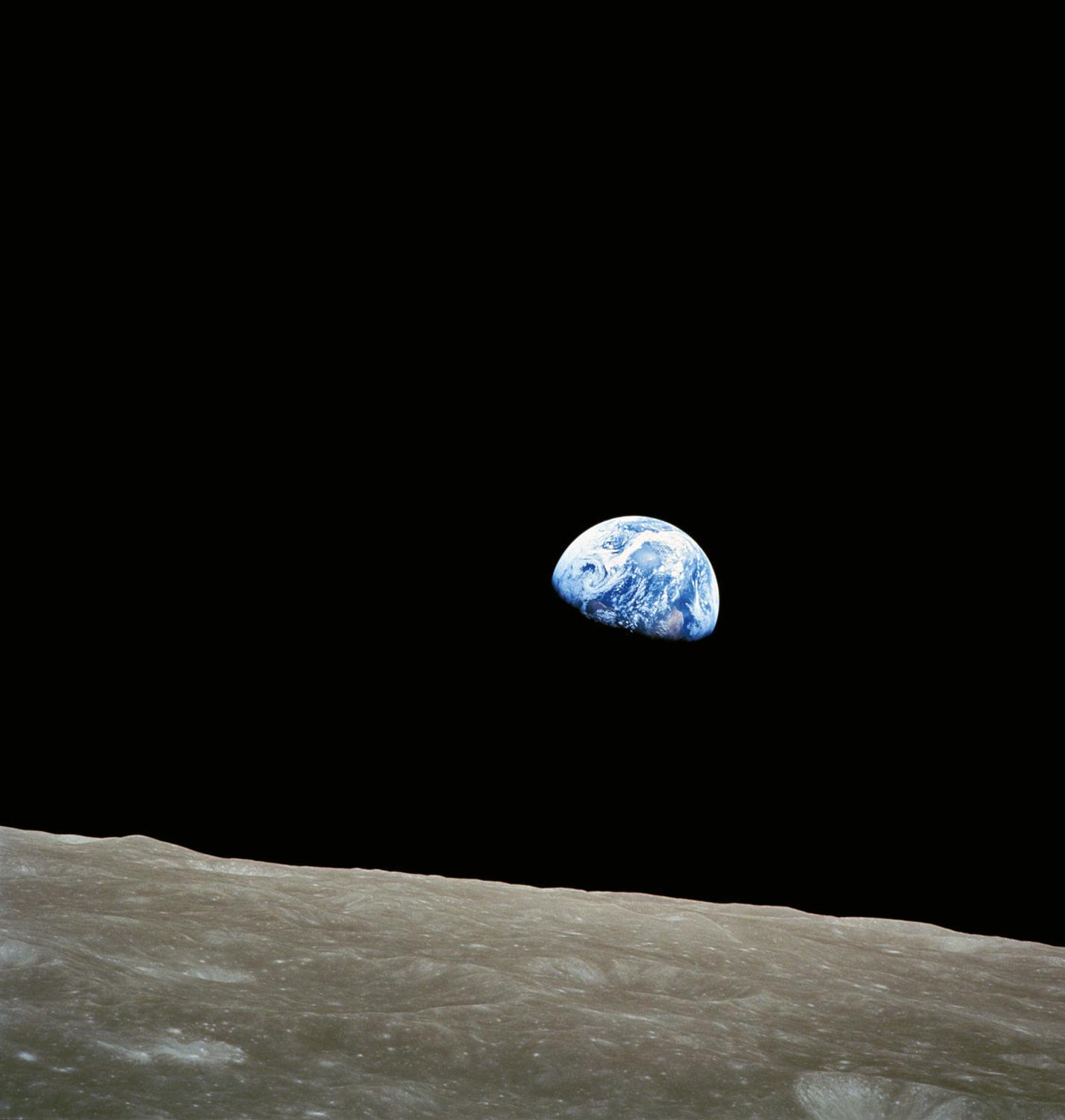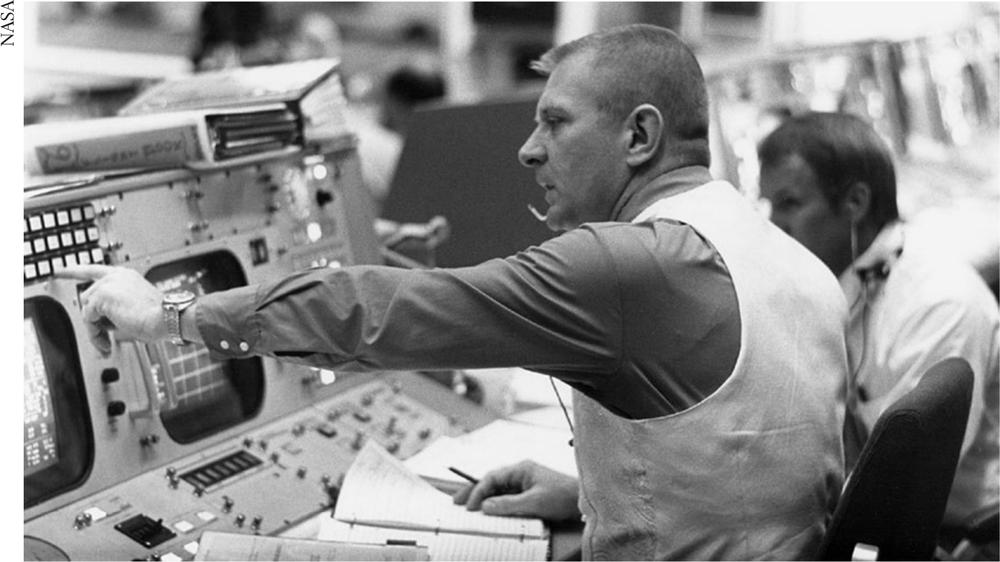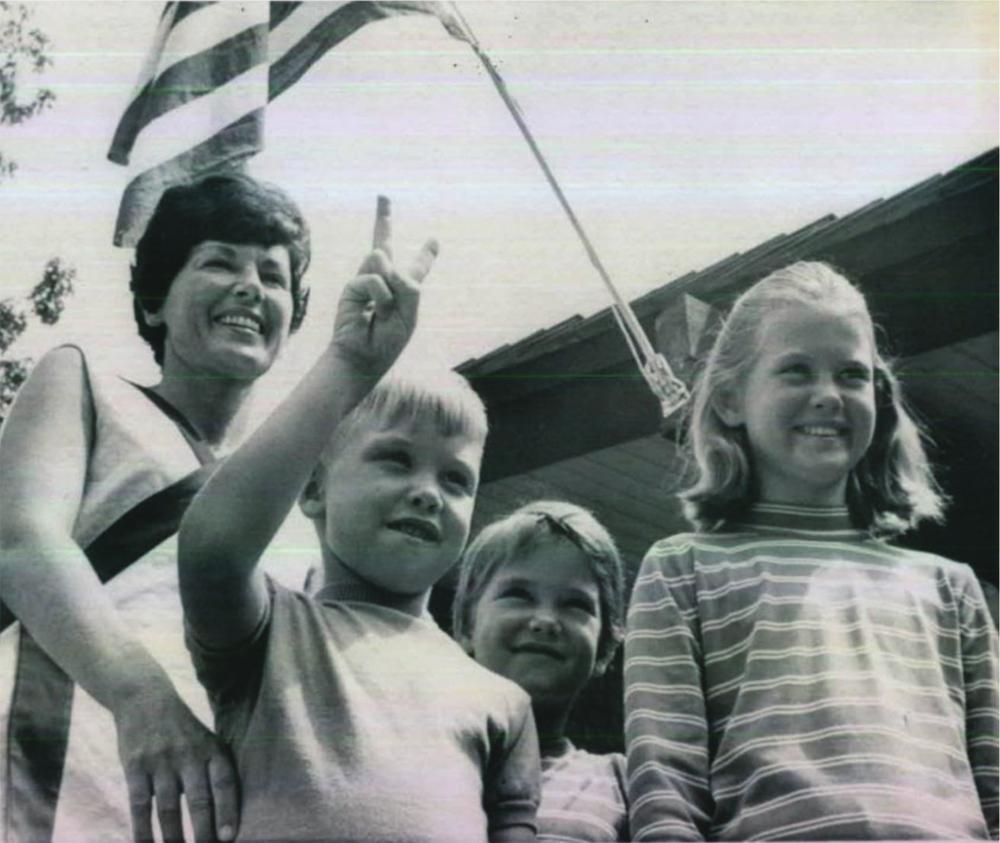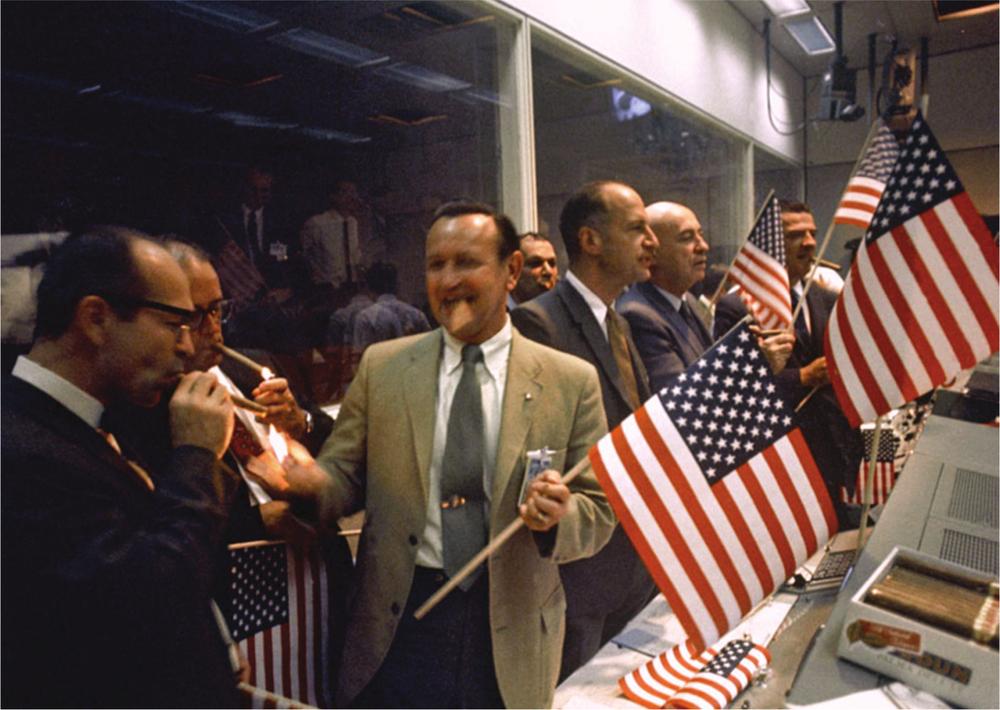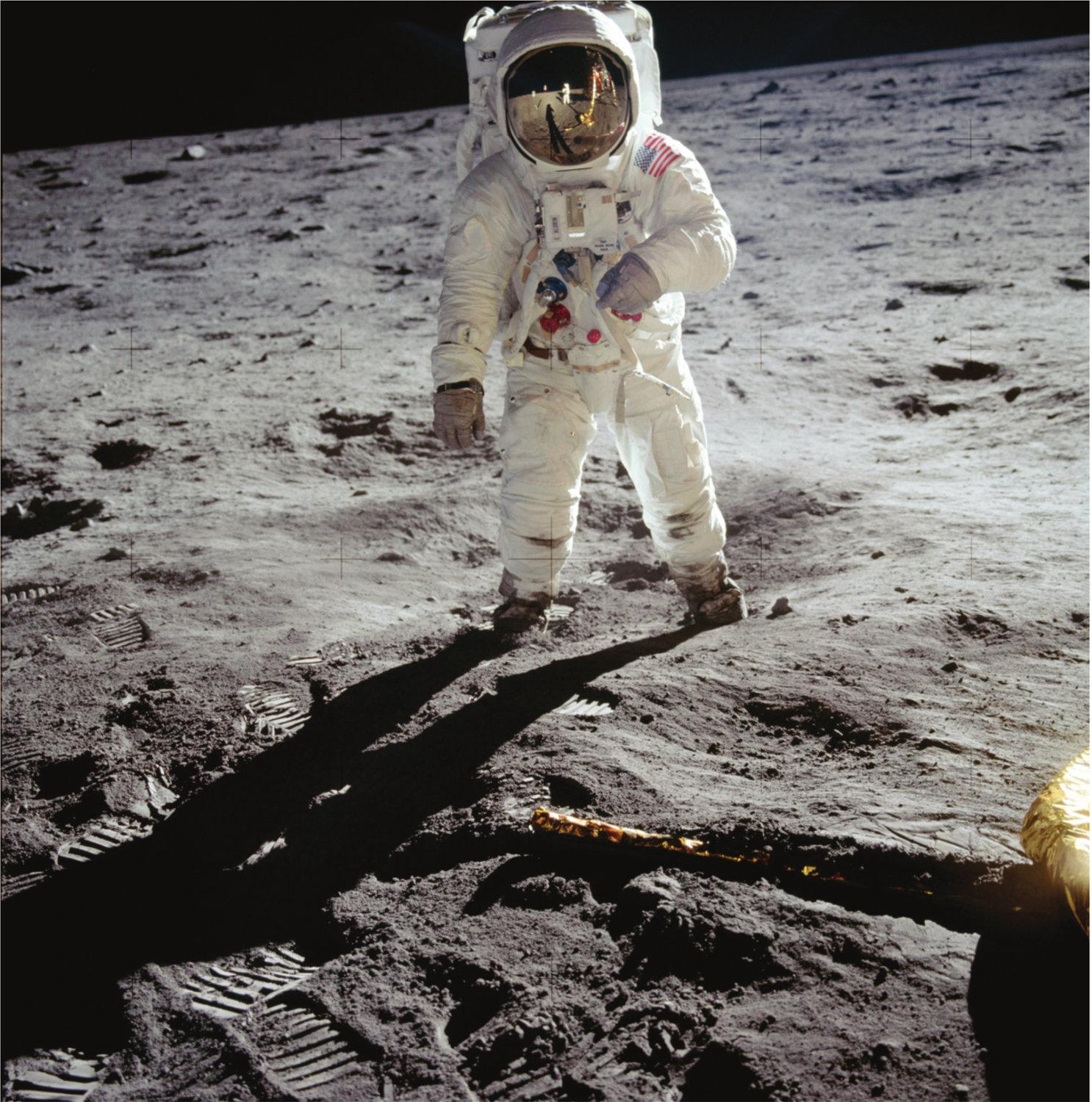
Wernher von Braun at the Redstone Arsenal in Alabama in the mid-1950s when he was head of the US Army’s rocket development team.

Sputnik 1 was launched on 4 October 1957. It was simple in design – basically three batteries and a radio transmitter. Its ‘beep, beep, beep’ changed history.
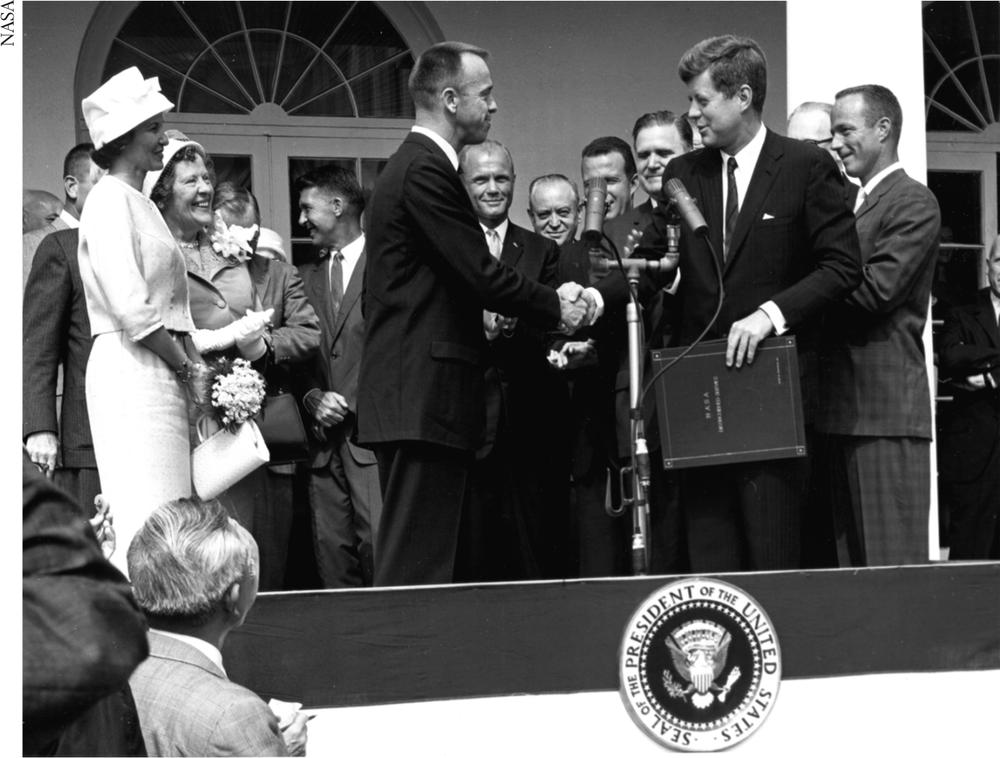
US President John F. Kennedy presents astronaut Alan Shepard with the NASA Distinguished Service Award at the White House on 8 May 1961.

Jim Lovell, capsule communicator (Capcom) for the Gemini 8 mission, 16 March 1966. Neil Armstrong and David Scott had to abort the mission and return to Earth early.

The crew of Apollo 1: Virgil I. ‘Gus’ Grissom, Edward H. White II and Roger B. Chaffee. All were killed in a pad fire on 27 January 1967.
NASA
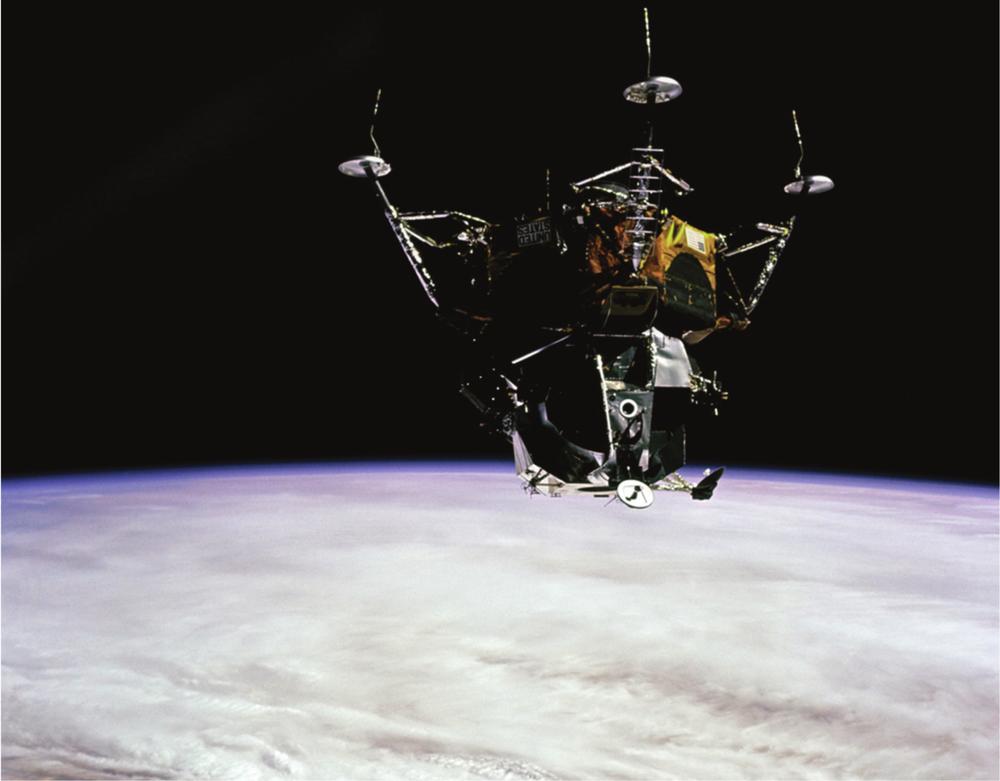
The Apollo 9 Lunar Module being tested in Earth orbit in lunar landing configuration, 7 March 1969.
NASA
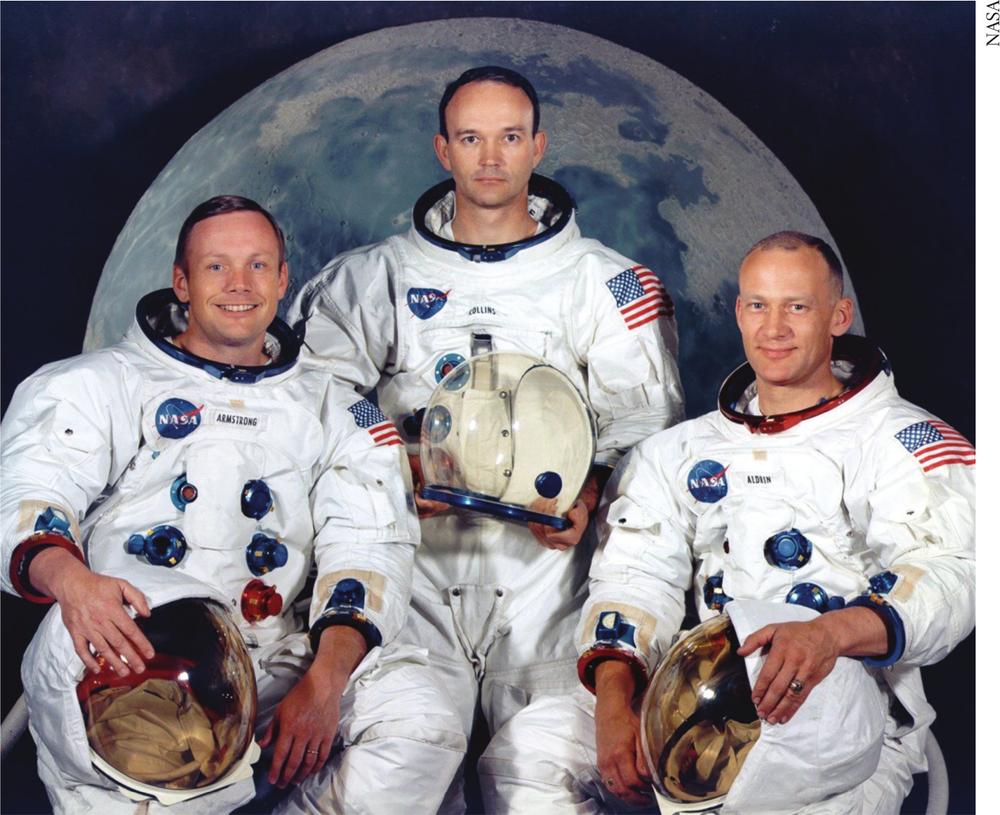
NASA’s official Apollo 11 crew portrait. From left to right: Neil Armstrong (Commander), Michael Collins (Command Module Pilot) and Edwin ‘Buzz’ Aldrin Jr (Lunar Module Pilot).

Apollo 11 launch, 16 July 1969.
NASA

Charlie Duke, Capcom for the landing. To his left are Jim Lovell and Fred Haise.
NASA
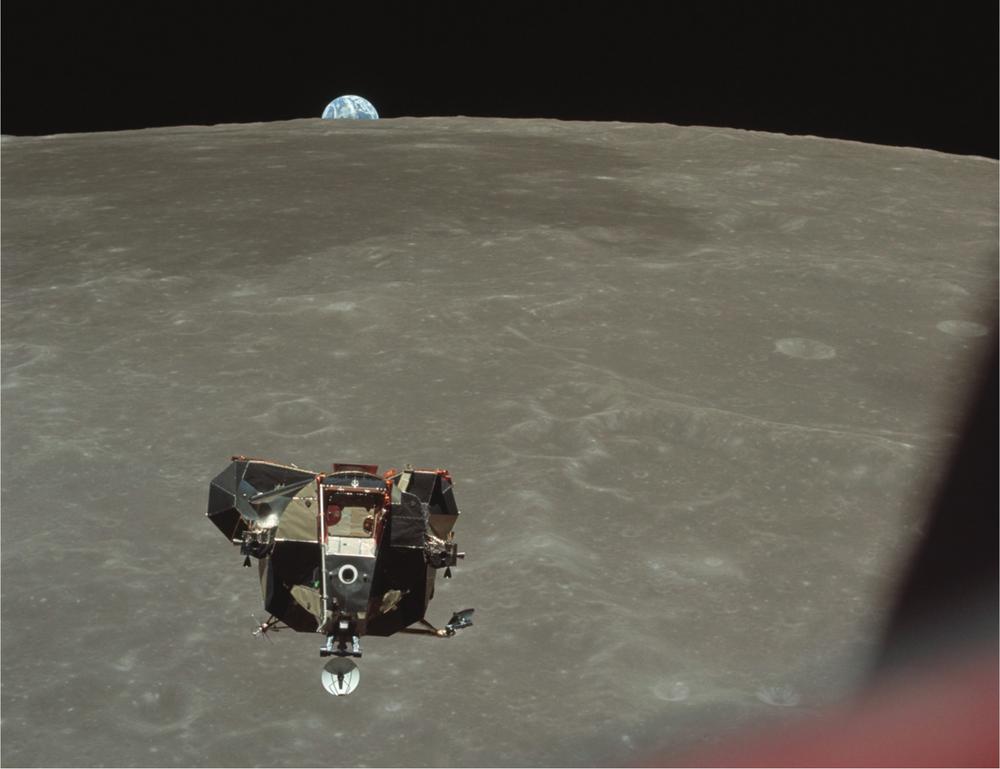
The ascent stage of the Lunar Module, ‘Eagle’, returns to the Command Module, ‘Columbia’, 21 July 1969.
NASA
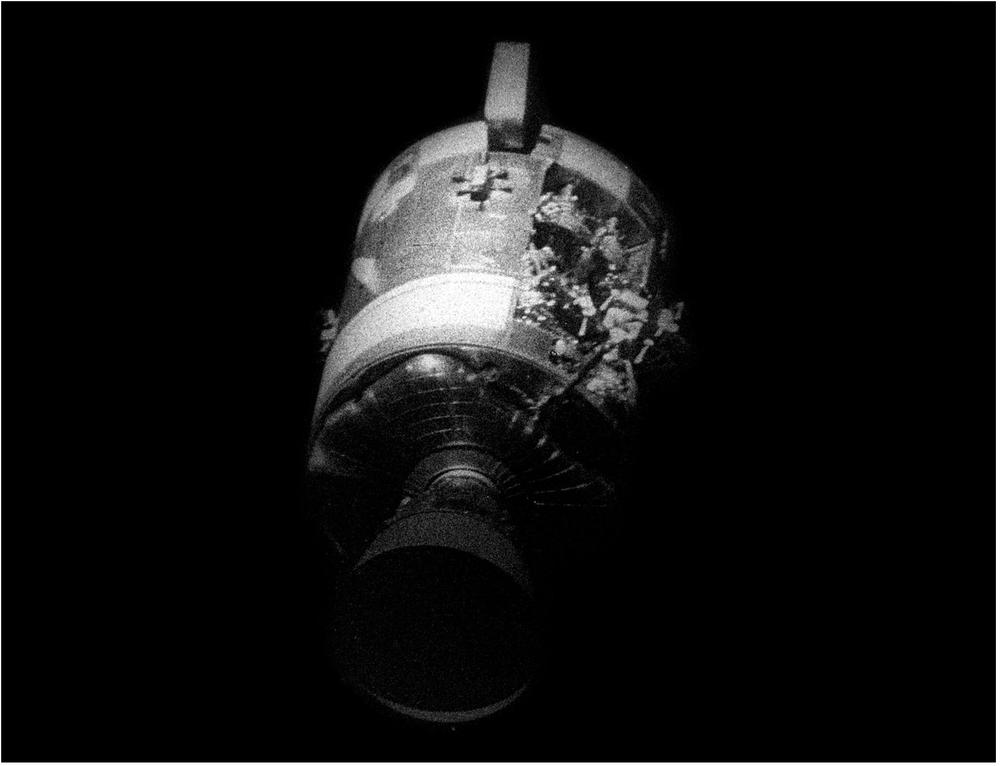
Apollo 13’s damaged service module after being jettisoned, 17 April 1970.
NASA

The last man to walk on the Moon, Eugene A. Cernan rests in the Lunar Module after the third and final moonwalk undertaken with his crewmate Harrison Schmidt, 13 December 1972.
NASA

